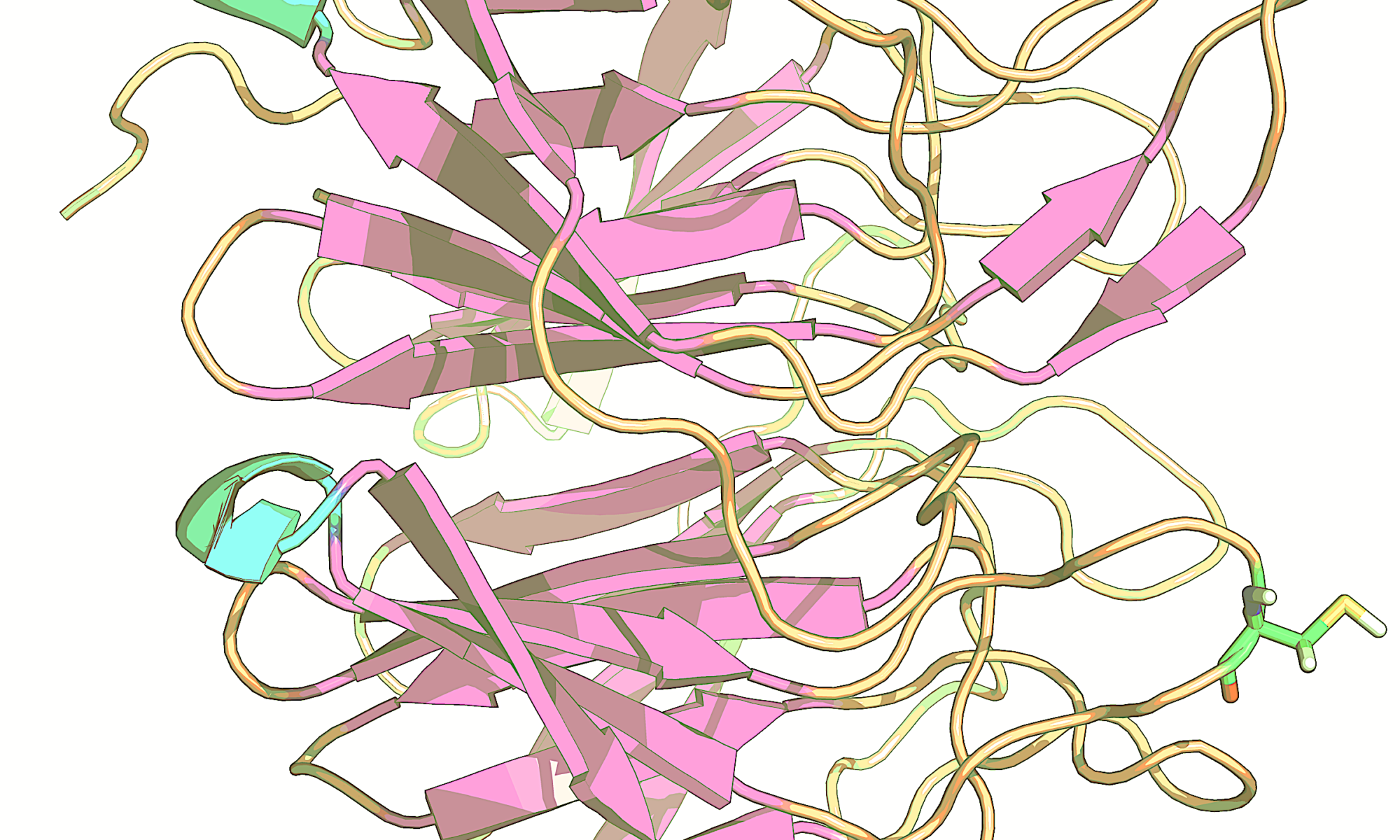Sensitization leading to allergic contact dermatitis (ACD) is one of the most significant environmental health issues resulting from exposure to chemicals in commercial products. ACD accounts for ca. 90% of occupational skin diseases (10% of all occupational diseases), posing significant public health burden. According to the European Commission, skin sensitization testing represents over 5% of all toxicity testing. Currently, the local lymph node assay (LLNA, OECD 429) is the preferred test method; however, in April 2015 in chemico method (direct peptide reactivity assay, DPRA) and two in vitro methods (ARE-Nrf2 Luciferase test, OECD 442D, and Human Cell Line Activation Test, h-CLAT) were validated at ECVAM (the European Centre for the Validation of Alternative Methods) to alleviate animal testing where permissible. These non-animal tests cover specific events within the skin sensitization AOP, and should only be considered in combinations with and/or when supported by in silico methods. In contrast to in vitro and in chemico tests, a single in silico model can address all key initiation events within the skin sensitization AOP and provide assessments at lower cost and shorter timeframes. However, existing models are hindered by over-reliance on structural features of chemicals, statistics that obscure mechanistic relationships and by a relatively small, publicly available training set of chemicals with reliable LLNA data. Consequently, existing in silico models have often performed inadequately in external tests, particularly within the complex chemical space of Active Pharmaceutical Ingredients (APIs) and their intermediates, which is dominated by large and functionally diverse molecules.
CADRE’s skin and respiratory sensitization models were constructed in accordance with OECD Validation Principles for (Q)SARs and guidelines for QSARs published by Tropsha and Gramatica. They are specifically tailored for pharmaceutical and personal care industries, and have been used commercially in these sectors for nearly a decade. CADRE is a tiered system that combines expert rules, quantum-mechanical modeling, molecular simulations and multivariate statistics to predict skin and respiratory sensitization potentials and potency categories. Our model evaluates skin sensitization comprehensively as a function of permeation rates, metabolism and reactivity with skin proteins and peptides. In contrast to competing in silico technologies that rely on structure-based descriptors, CADRE uses descriptors derived from quantum chemistry. Consequently, CADRE consistently achieves robust performance across diverse chemical space. The skin model was recently validated in collaboration with the pharmaceutical industry; in a study that included over 2,500 APIs and intermediates CADRE achieved 95% accuracy, sensitivity, and specificity and a combined 79% accuracy in assigning potency categories compared to the mouse local lymph node assay data. Likewise, collaborative efforts in 2024 have resulted in an updated respiratory sensitization model that captures differential data quality, and predicts this endpoint with >90% accuracy, specificity and sensitivity in external testing.
Additional external validation reports are available upon request from our Contact us page.
Reference
- J Kostal, A Voutchkova-Kostal, JP Bercu, JC Graham, J Hillegass, M Masuda-Herrera, A Trejo-Martin, J Gould. Quantum-Mechanics Calculations Elucidate Skin-Sensitizing Pharmaceutical Compounds, Chem Res Toxicol 2024, 37 (8), 1404-1414.
- JC Graham et al. An Evaluation of the Occupational Health Hazards of Peptide Couplers, Chem Res Toxicol 2022, 35 (6), 1011-1022.
- A Voutchkova-Kostal, S Vaccaro, J Kostal, Computer-Aided Discovery and Redesign for Respiratory Sensitization: A Tiered Mechanistic Model to Deliver Robust Performance Across a Diverse Chemical Space, Chem Res Toxicol 2022, 35 (11), 2097-2106.
- J Kostal, A Voutchkova-Kostal. CADRE-SS, an in Silico Tool for Predicting Skin Sensitization Potential Based on Modeling of Molecular Interactions,
Chem Res Toxicol 2016, 29 (1), 58-64. - OECD Guidelines Download
- A Tropsha, P Gramatica, & VK Gombar, The Importance of Being Earnest: Validation is the Absolute Essential for Successful Application and Interpretation of QSPR Models, QSAR & Comb Sci 2003, 22 (1), 69-77
